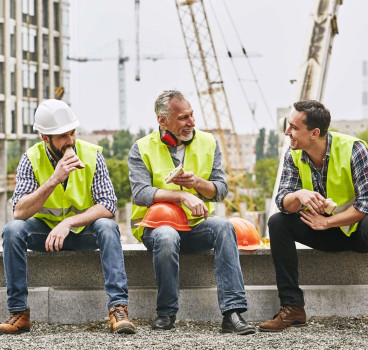The futuristic Futuro Houses of Finland
Think about waking up to a panoramic sunrise every single morning, then seamlessly swivelling your entire home to track the sun's golden arc across the sky. No, this isn't science fiction; it's the reality of living in a Futuro house, a quirky architectural marvel that redefines our concept of a dwelling. Nestled amidst the Finnish landscape, these UFO-shaped pods aren't just eye-catching; they're a testament to human ingenuity and a playful approach to living.
The story of the Futuro begins in the 1960s, a time of space-age dreams and boundless optimism. Finnish architect Matti Suuronen, inspired by the burgeoning space race and a desire for adaptable living spaces, envisioned a home that could be easily transported and effortlessly adjust to its environment. Thus, the Futuro was born – a prefabricated fiberglass shell, shaped like a flying saucer, perched atop a central rotating axis.
But how does this futuristic contraption actually spin? The secret lies in the central column, anchored to a concrete base. A simple electric motor, powered by the grid or even a windmill, allows the house to rotate a full 360 degrees. This ingenious design grants its inhabitants unparalleled control over their view, letting them chase the sun for warmth and light, soak in breathtaking vistas, or simply enjoy the novelty of a home that dances with the wind.
But the allure of the Futuro extends beyond its rotating gimmick. The compact, 40-square-metre interior is surprisingly spacious and cleverly optimised. Built-in furniture, including a circular bed, sofa, and kitchen units, maximise space while maintaining a streamlined aesthetic. Large windows bathe the interior in natural light, further blurring the lines between indoors and outdoors.
The benefits of living in a Futuro are many. Its lightweight, prefabricated construction makes it portable and eco-friendly, minimising environmental impact. The fibreglass shell boasts superior insulation, reducing energy consumption for heating and cooling. And let's not forget the undeniable "cool factor" – owning a rotating house is sure to turn you into the neighbourhood legend.
However, the road to Futuro-living isn't without its bumps. Production ceased in the early 1970s due to rising material costs and competition from modular homes. Today, only around 80 Futruos exist worldwide, mostly scattered across Europe and North America. Some have been lovingly restored and serve as unique vacation rentals, offering a glimpse into this retro-futuristic lifestyle.
Despite its limited numbers, the Futuro's legacy endures. It stands as a testament to the power of innovative design and the human desire to connect with nature in unexpected ways. The question it compels us to ask is not just "who wants a rotating house?" but rather "how can we reimagine our living spaces to be more adaptable, sustainable, and simply more fun?"
In a world increasingly dominated by square houses and monotonous skylines, the Futuro shines as a beacon of imagination. It reminds us that homes aren't just brick and mortar; they can be canvases for creativity, expressions of our connection to the environment, and even vehicles for a little everyday adventure. So, the next time you crave a change of scenery, remember the Futuro – a spinning testament to the fact that sometimes, the best views are just a twist away.
Sources:
- Futuro House Wiki: https://en.wikipedia.org/wiki/Futuro
- Dezeen: https://en.wikipedia.org/wiki/Futuro
- Atlas Obscura: https://www.atlasobscura.com/articles/a-map-of-the-last-remaining-flying-saucer-homes
- Finnish Architecture Museum: https://www.mfa.fi/
Additional Articles

Why everyone has a favourite skip and what it says about you
In construction, there are two universal truths – tea, of course, is essential and believe it or not, everyone - whether they are prepared to admit it - has a favourite skip. It may sound strange,...
Read moreThe cultural significance of the bacon roll in UK construction
Walk onto any construction site in the UK at 7:30am and you’ll quickly discover that the most important piece of equipment isn’t a digger, a drill or a laser level. It’s a humble, foil-wrapped,...
Read more

Check out the odd things unearthed on construction sites
Dig deep enough on a construction site and you might be amazed at what you find. In fact, if there is anywhere destined to uncover hidden treasures, you are in the right place. Large-scale ground...
Read more